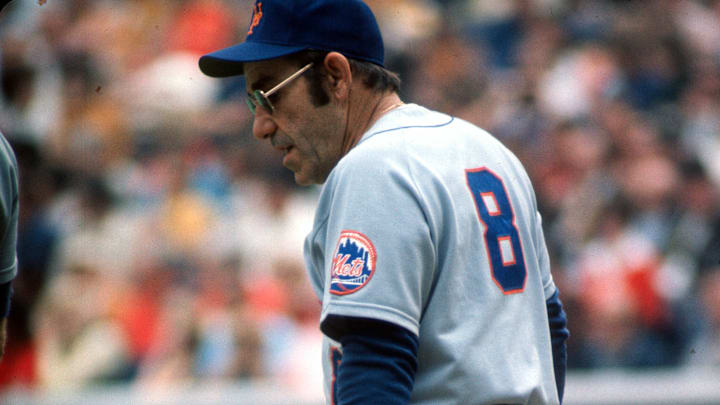Third baseman Jim Fregosi
Jim Fregosi is, unfortunately, one of the most hated players in Mets history. And, to be honest, he doesn’t deserve it. He didn’t ask to be traded to the Mets…to New York. He didn’t ask, or want, to play third base. And…AND…he didn’t ask Lynn Nolan Ryan to vacate his Mets locker so that HE could have it. But Mets fans have treated him that way throughout the last 50-plus years now.
Fregosi was an All Star shortstop with the California Angels. And with the exception of Ernie Banks, perhaps, he was one of the most offensively productive shortstops of that era.
What made the Mets hierarchy believe that he could suddenly become Eddie Mathews at third base once he got to Shea Stadium is beyond comprehension. But they believe in that skewed delirium multiple times. And Fregosi was one of the victims.
Fregosi would never be the player he was for the Angels. In 11 seasons, he hit .268 with a total of 115 home runs. Remember…this was the 1960’s. In 1970, two seasons prior to coming to the Mets, he had career highs of 22 homers and 82 RBI while still only 28 years old.
That 22 HR and 82 RBI would have been nice to plug into third base for the Mets. However, Fregosi couldn’t make that happen as Met and, instead, plugged in 5 HR and 32 RBI along with a .232 batting average. And he wasn’t good defensively either, although he was damaged goods which wasn’t disclosed until much later.
He began the 1973 season with the Mets but, even with all of the injuries to the many key players during that season, he was so horrible, that he was discarded after just 45 games.
